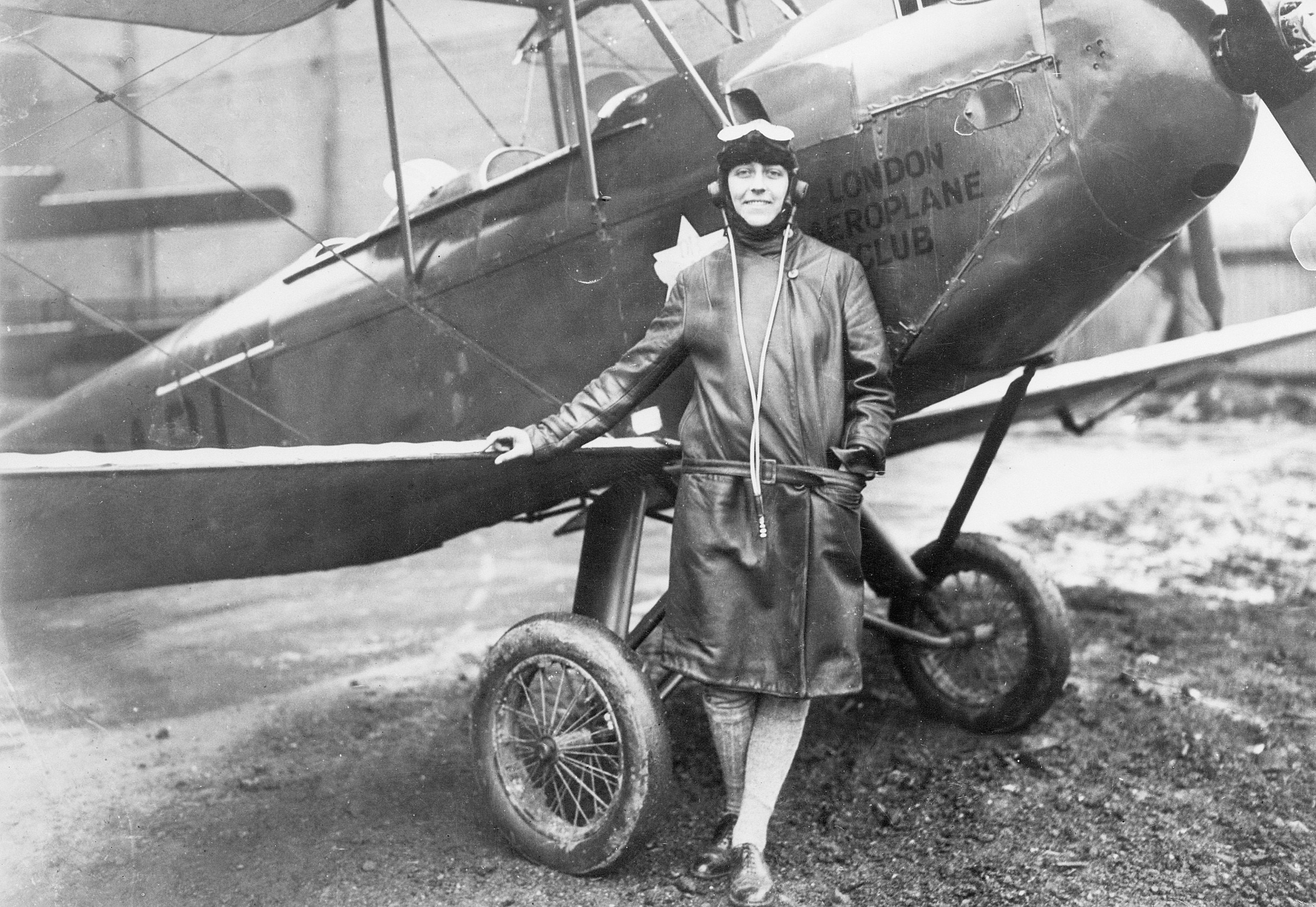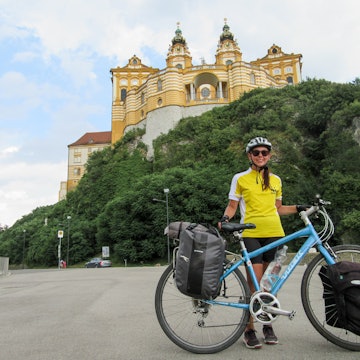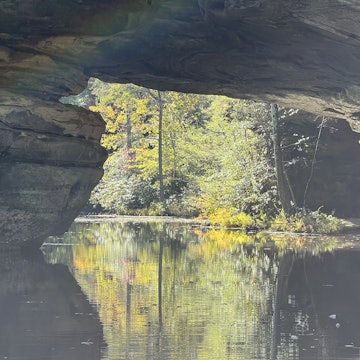
My solo flight: how my cancer diagnosis spurred on my travel challenge

Oct 4, 2019 • 6 min read

Pilot Amanda Harrison stands beside her Tiger Moth aeroplane, which dates from 1942 © Paul Martin
Inspired by her dad, an engineer, Amanda Harrison wanted to be a pilot from a young age. However, when reading about the aviators discovering the world, she saw this as an industry only open to those from a wealthy background. That all changed when she read about Amy Johnson, who became the first female pilot to fly solo from England to Australia in May 1930. Keen to follow in Amy’s footsteps, Amanda was waiting for the right time to start her Solo2Darwin challenge when she was diagnosed with breast cancer. This is Amanda’s story of how cancer spurred on her travel plans.

Amy Johnson was a massive influence for you. How did cancer affect your plans to follow her solo flight from England to Australia?
I was studying for my commercial pilot’s licence when my mum had breast cancer. We discovered that a lot of our family had had cancer and, from then on, I started checking my breasts on a regular basis. Finding the lump is what saved my life.
My nan passed away and my dad got very ill too. I found the lump in the same week that I put my dad in a care home. Once the doctors suspect cancer, it is an absolute rollercoaster. I had mammograms and biopsies, and was diagnosed with breast cancer in the right breast (T2) and DCIS (Ductal carcinoma in situ) in the left breast. I was thinking I would lose my nan, my mum and my dad all in one year, or I might even go before my dad. It was all disintegrating in front of my eyes, yet I needed to make very quick decisions over my breast cancer surgery.
I thought I wouldn’t be able to fly again, and wouldn’t be able to do the Solo2Darwin challenge. On 28 December 2017 I had a double mastectomy and reconstruction, and nine days later my dad died. I couldn’t be with him because I was recovering from the surgery, and it was at that moment I thought “What am I doing with my life?”. I made it to my dad’s funeral, and did the eulogy. Afterwards, people I’d never met kept telling me that my dad had helped them with their lives, and it made me incredibly proud. I then decided I would pull out every stop to do the attempt of Solo2Darwin because life is very short.
Female Solo Travel: 8 books to inspire wanderlust
That’s a very positive attitude after an incredibly tough time. What did you do next?
Your dream is always “some day, I’ll do it one day”, but it was cancer that made me realise I don’t know how long I have left on the planet and I have to do it this time.
In 2018, once I passed my medical, I wanted to get back to flying. I did a business plan and worked out I could just about scrape enough money to get down to Australia. There wasn’t enough money to get the aeroplane back, but I thought I’d figure that out on the way down there! I decided to set off in May 2019.

How did your attempt differ from Amy Johnson’s trip?
I wanted to do it as closely to the way Amy Johnson did it as possible. My route needed to vary around Syria, Iran and Iraq, but I did it solo -- there’s no support airplane. I was in a Tiger Moth, whereas Amy flew a Gypsy Moth. There are very few Gypsy Moths in flying order now, and they’re really expensive.
Amy did it when there were no reliable weather reports, and no GPS, but there were also no issues with airspace and no restrictions on landing. She’d land anywhere that had a big enough patch of grass, including polo fields! There’s a lot more paperwork involved now too. The Gypsy Moth could hold more fuel too, meaning I would need to make more stops.

Like Amy, you started your challenge in May. What happened on the journey?
As normal, the British weather played its part and I left Biggin Hill Airport in the pouring rain. I broke out of cloud over the Channel to beautiful sunshine. I crossed France and headed towards Mannheim in Germany, but had to divert because, once again, the weather was so bad. I stopped in Saarbrucken instead.
I continued to Mannheim, and then onwards to Vienna (Amy Johnson’s first stop), where I had a bird strike as I came in to land. Fortunately it didn’t damage the aeroplane too much, but bad weather kicked in, and local reports called it the worst May weather for 50 years! Once it cleared, I went on to Sibiu in Romania. The greeting from people here was phenomenal, I was treated like a celebrity, and got to meet a little girl who had been inspired by my travels. I wasn’t originally planning to go to Sibiu because it’s in the Carpathian Mountains, but from there you can fly down the Turnu Roșu Pass. As I flew down there with mountains either side, a beautiful valley below, and blue skies with puffy white clouds, I was totally by myself, thinking “does it get any better than this?”.
From there I made stops in Bucharest and Turkey. When I took off from Rhodes in Greece I had my first engine failure, which was not as scary as having breast cancer! A cylinder head had blown, probably due to the cold conditions followed by the high humidity. Once the engineers had flown out and fixed this, I flew on to Cyprus and finally Beirut (Amy had gone to Aleppo). I was taking regular security advice at this time, and knew that there were issues in the Persian Gulf around Iran and crossing the India-Pakistan border. Based on that guidance, the Solo2Darwin attempt ended in Beirut.
I chose to fly the plane back to England, but it turns out Rhodes really doesn’t like me! I had a full engine failure on take off, declared a Mayday, and landed back down. The plane has been shipped home from there.
Female Solo Travel: taking the Trans-Siberian railway alone

How do you feel about the isolation of solo travel?
Doing five-hour solo stretches over the Mediterranean was both liberating and scary. There was no radio, and very hazy conditions requiring difficult, physical flying. There wasn’t really a lot of time for loneliness. But if I did ever feel lonely or scared, I’d reach for the sticker on the plane that says RVH, which stands for Richard Victor Harrison, my dad.
What are the best things about being a solo female pilot?
My favourite bit is that I’m completely in control of my own destiny and my own life. I had absolutely no control when I was going in for surgery. I hated the loss of independence that the cancer brought. When I’m up there, I feel this sense of freedom and calm, no one can hurt you. Travelling solo as a woman is quite empowering.
The future: what’s next for you?
With Solo2Darwin people say "well, you failed" and I always say "yes, but I failed so spectacularly!" Depending on the situation in the Persian Gulf, I hope to do another Solo2Darwin attempt in September 2020. But before that, I’m in discussions to do a challenge in the US, emulating Amelia Earhart by flying coast-to-coast in an autogiro. This should take place in May 2020.
Follow Amanda on Instagram and watch the Give-Get-Go trailer for Amanda's journey















